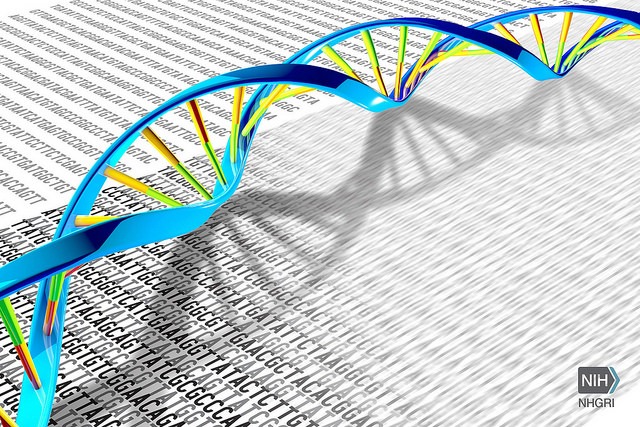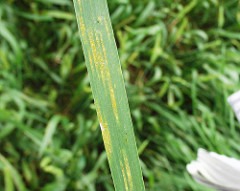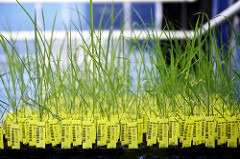
GM/Biotech Crops Report – February 2018
5th February 2018- GM/Biotech Crops Monthly Reports (BELOW) form part of BCPC’s free three-tier Biotech Crops Info service.
- This service also includes a weekly round-up of news from around the globe – see BCPC Newslink GM Crops section.
- Plus – Free access database on over 300 GM/biotech products covering 23 crops in the global market visit BCPC’s GM/Biotech Crops Manual – Register here for free access.
Already registered? Click here
GM/Biotech Crops Monthly Report February 2018
 |
Improving cassava crops in Africa The shoots of cassava are pruned before harvest begins and this pruning triggers the beginning of starch breakdown in the roots. A new cultivar generated by ETH Zurich uses RNAi to inhibit this degradation of starch and field trials are about to commence. The harvested roots will be destroyed before it can enter the food supply chain. More Pic Source:IITA |
|---|---|
| Possible enhancement of some cereal yields
Setaria viridis is a grass related to maize, sorghum and sugarcane. Researchers at Donald Danforth have found a way of converting the sterile bristles in the seed head to spikelets that produce flowers and grain and that disruption of the site can cause it to produce two rather than just one grain site. If this can be achieved in crops such as millet it could offer a technique to increase yields in all these crops. More Pic Source: Emma Cooper |
 |
 |
European Union authorises six GM crops
Six GM crops are approved for food and feed use in Europe but not for cultivation and so the products of these crops can be imported for food and feed use but not (yet?) grown here. The crops are four soybean varieties, one maize crop and one oilseed rape. All are engineered to be tolerant of various herbicides, mainly glyphosate and glufosinate but also including other herbicide groups. More Pic Source: Yanni Koutsomitiss |
| Rust resistance in wheat
wheat has resistance to some strains of rust and now a collaboration between scientists in Sydney, Rothamsted and Minnesota have identified how rusts overcome this resistance. It means that the development of further rust resistance in wheat can now be targeted by the modification of specific genes. More Pic Source: AgriLife Today
|
 |
 |
Speed breeding for wheat
No, not speed dating but speed breeding. By growing plants under continuous light the life cycles proceed more quickly and early reproduction in the plants. More Pic Source: Linh Do |
| Gene editing is not the same as GM
The European Court of Justice has rules that gene-edited plants should not be subject to the same stringent laws as GM crops. Could this allow some progress with crops in the EU. More Pic Source: BASF |
 |
 |
Hand-held DNA sequencer
Sequencing human DNA took 13 years of a collaborative effort of labs around the world and was achieved in 1990 but now it can be done with a hand-held device. While the first applications are likely to be medical uses, it must surely reach crop protection quickly, enabling farmers to identify, e.g. the race of rust affecting their wheat. More Pic Source: NHGRI |
THE LATEST ADDITIONS TO THE GM/BIOTECH DATABASE ARE:
- DAS68416-4 – Enlist soybean tolerant of glufosinate and 2,4-D approved for food use in Columbia, Food and Feed in the European Union and Malaysia and for food use in New Zealand.
- DAS44406-6 Soybean tolerant of glyphosate, glufosinate and 2,4-D approved for food and feed use in Malaysia and European Union.
- DAS81419-2 – Soybean with glufosinate tolerance and resistance to Lepidopteran insects approved for food, feed and environmental use in Argentina and Brazil, feed use in Japan and food and feed use in Malaysia.
- FG72 x A5547 x 127 – Soybean with tolerance of glyphosate, glufosinate and isoxaflutole herbicides approved for food and feed use in European Union.
- DP305423 x GTS 40-3-2 – Soybean with modified oil content and tolerance of glyphosate and sulfonylurea herbicides approved for food and feed use in European Union.
- MON88302 x MS8 x RF3 – Oilseed rape with tolerance of glufosinate and glyphosate approved for food and feed use in European Union.
- Huahui-1/TT51-1 – Rice with Lepidopteran insect resistance approved for food use in America.
FOR INSTANT ACCESS TO GM BIOTECH MANUAL CLICK HERE (Registration required)
Already Registered? Click here to access

